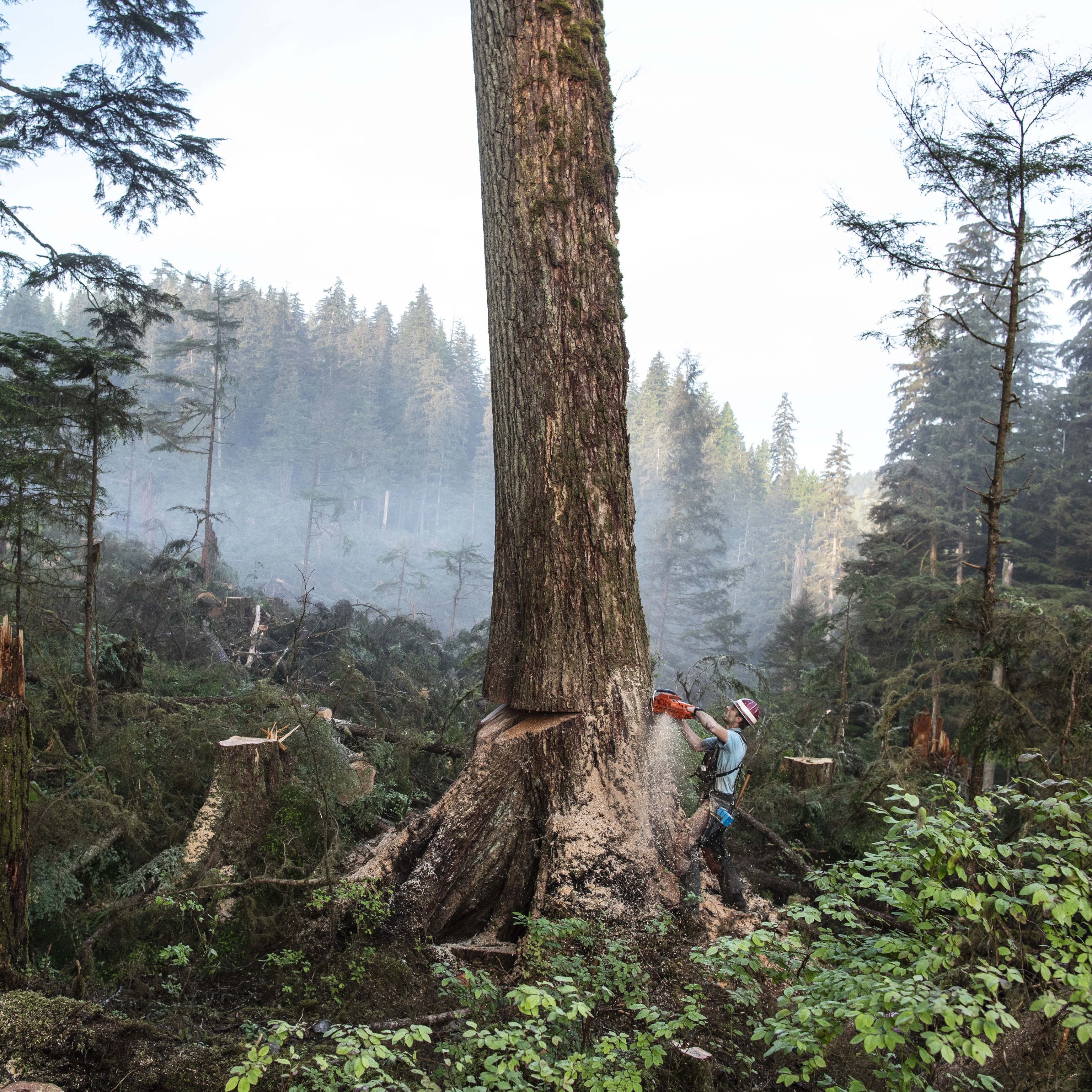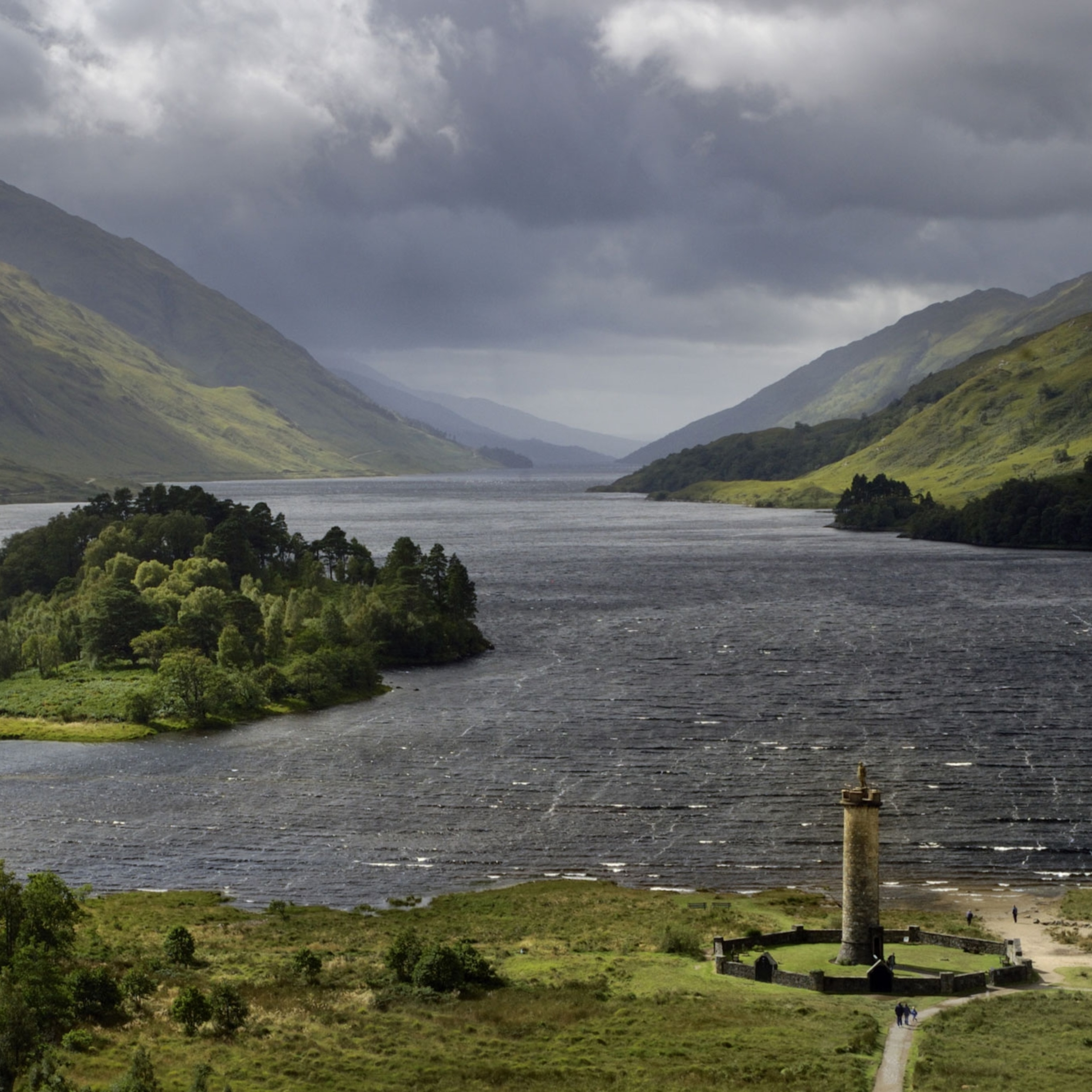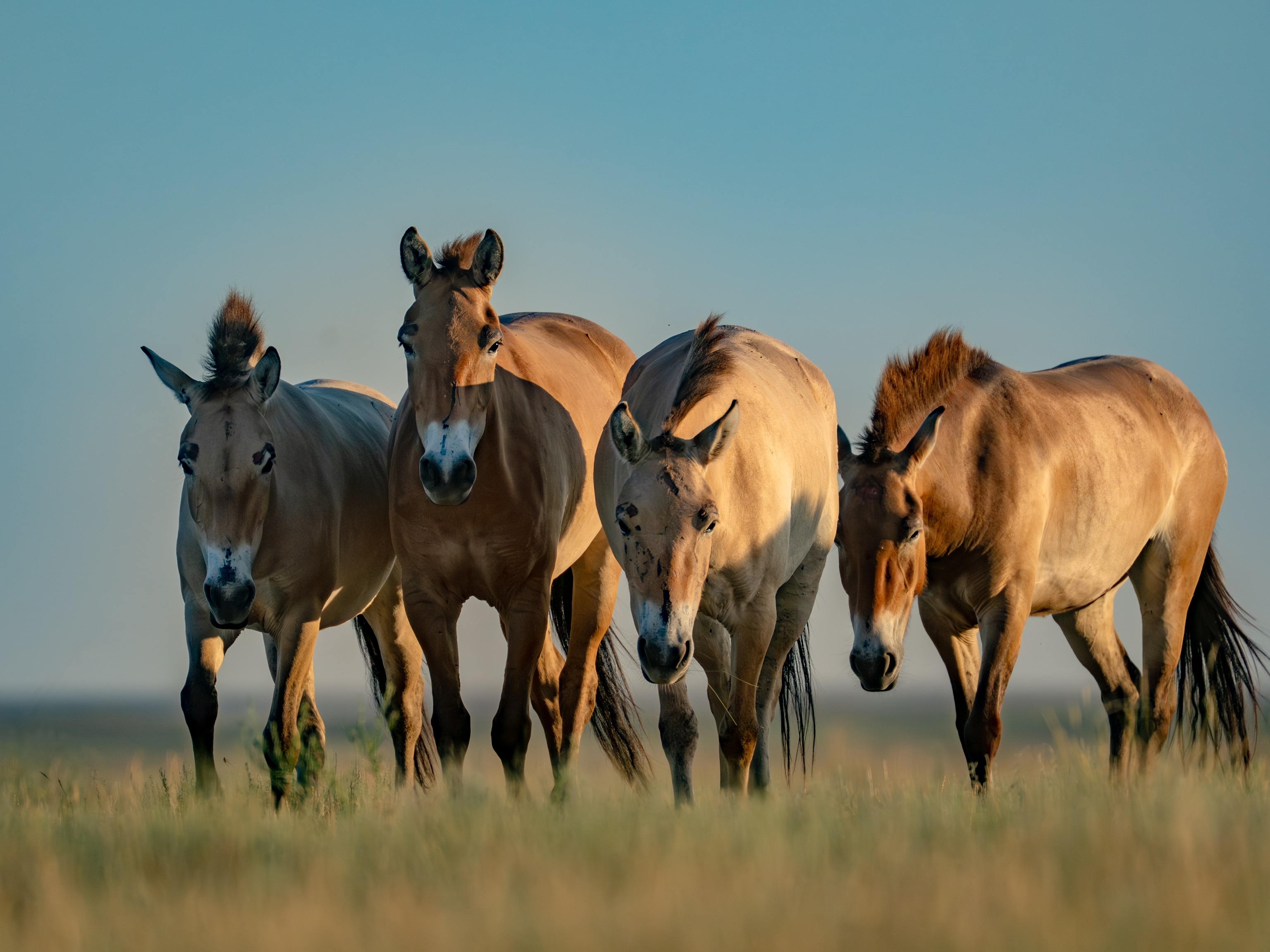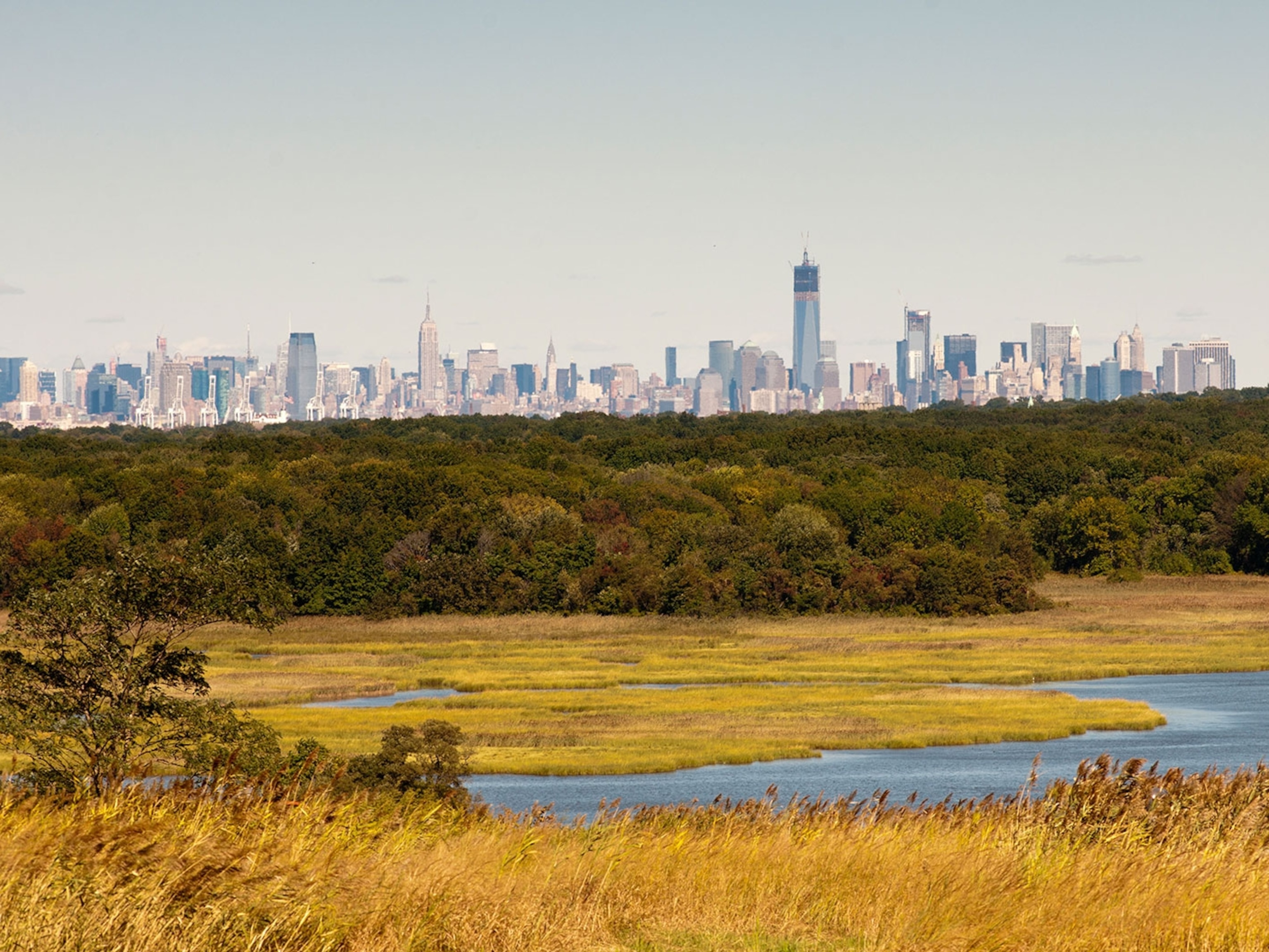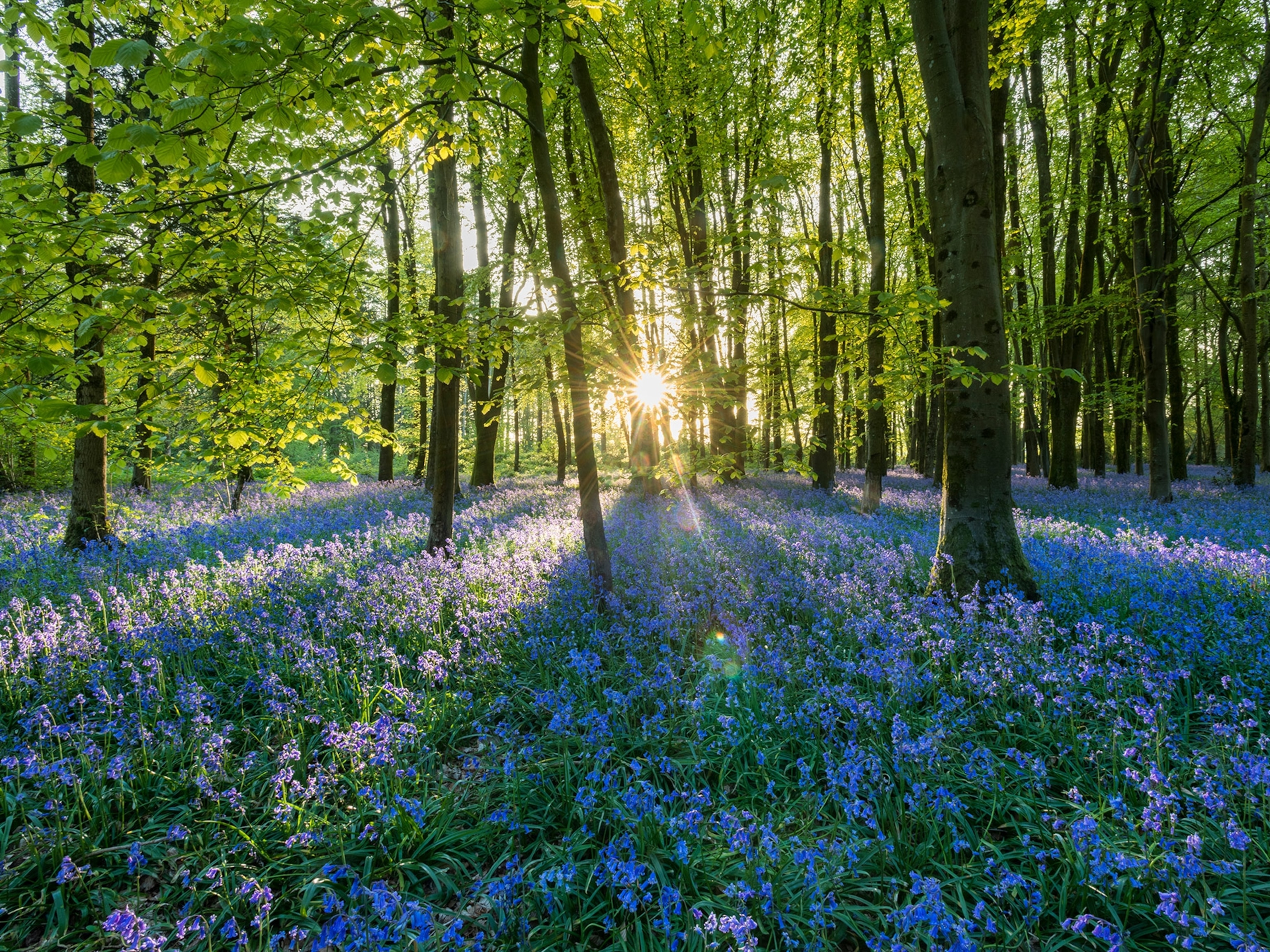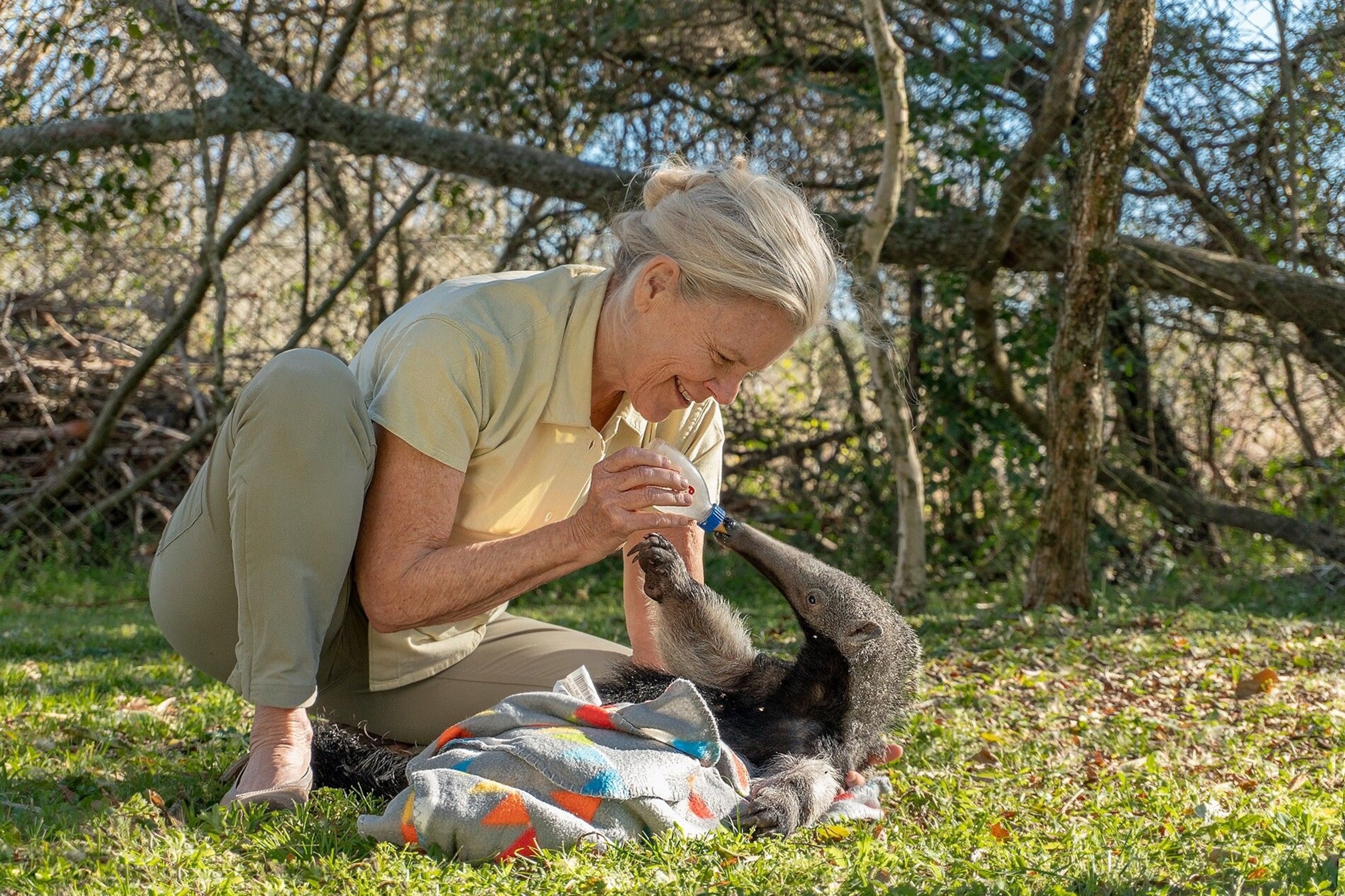
Meet the adventurer: conservationist Kris Tompkins on reviving the wilds of Chile and Argentina
The business mogul-turned-environmental leader has been instrumental in the establishment of 13 new national parks and numerous rewilding projects across South America's Southern Cone — including, most recently, returning jaguars to the Iberá Wetlands.
Until the 1990s, you were the CEO of outdoor clothing brand Patagonia. What led you to move to Chile and devote your life to conservation?
My husband Doug [the late Douglas Tompkins, who co-founded the North Face and Esprit clothing companies before becoming a full-time conservationist] and I had begun to see what was happening to the natural world. We travelled a lot; we saw the expansion of industry and the degradation of places we loved. It was really Doug’s idea to find opportunities where we could buy large tracts of private land, aggregate them and turn them back over to the country in the form of national parks. As we got going, we saw there was a real opportunity, especially in the Southern Cone [Chile and Argentina, the lower parts of South America].
Why did you focus on the establishment and expansion of national parks?
In the US, there were tremendous examples of this approach working — [John D] Rockefeller giving land for Acadia National Park and Gran Teton National Park, for instance. We grew up going to US national parks, so for us it was obvious that it’s not enough just to conserve the land — it’s important to get people onto the land, to begin to love these places, so they can look after them long after we’re gone.
What were the initial challenges?
We were the first to start buying up land and talking about giving it back to the country, and we were foreigners, too, so this was met with a lot of suspicion — of course it was. Also, there’s always conflict between conservation and development, between those who want to protect the jewels of a place and those who, in a lot of our cases, would like to cut the forest down.
Two things happened that turned it around. One, we just decided we’d keep working and build infrastructure to welcome everyone. People started visiting the parks and they were shocked to see that everything we’d said we were doing was true. Two, the presidency of Chile changed: one president who wasn’t in favour of conservation rolled out, while the following president was very enthusiastic about our project. And we were learning: by then, we were four or five years into it, making fewer mistakes and communicating better what we were doing.
It wasn’t one-sided: Chile cut its teeth on us in terms of conservation, and we cut our teeth on Chile in terms of our own abilities.
What’s the role of local communities in your projects today?
I don’t think you can have long-term conservation unless you have, at the very same time, long-term benefits — whether they’re economic, social or cultural — for the neighbouring communities. They’re so intertwined that you can’t look at the health and welfare of human communities in the absence of taking care of nature, and vice versa; they are mutually necessary and desired. I’ve really come to understand they’re one and the same thing.
What are some of the most memorable experiences you’ve had exploring Chile?
The adventures you remember are when everything went wrong! Doug and I certainly had a lot of those, especially in the deep south, among volcanoes in southern Tierra del Fuego or in the Darwin Range on a two-week horseback ride into a trail-less region. We’ve had so many adventures down there, but it’s about the people you meet along the way.
Karai and Pora were the first jaguars released in the Iberá Wetlands, along with their mother Mariua. The plan to rewild jaguars in this part of the world — an effort shared by Rewilding Argentina and Tompkins Conservation — had been 10 years in the making.
Photograph by Matias Rebak
In January, three jaguars were brought back to Argentina’s Iberá Wetlands, where the species had been absent for over 70 years. Why was this project important?
Keystone species are the ones that lay the foundation for all others. When we first got to Iberá in 1997, the place was crawling with capybaras, alligators and other species who’d just gone mad because there was no predator. The ecosystem was out of balance; that’s the main change we’re addressing. But the other aim, just as important, is to see the communities — and not just the communities close to the wetlands, but all throughout the province — be proud to have jaguars back. It’s invigorated tourism — people come to see them now. The jaguars coming back has really been a great model for the social, cultural, economic and local-level benefits of rewilding species.
Talking about tourism possibilities, some of the areas you’ve developed have become hot-ticket travel destinations. Which are your favourites?
We’ve been really involved in creating the Route of Parks in Chile, and I’d absolutely recommend that. If you’re hardy, go all the way — or you can start in the middle then go south. The thing about it is — and I’m not kidding — the whole 1,740 miles are varied: you go through pristine forests, then Patagonian grassland and so on. I really believe in that project, and I also believe in the people you meet along the way. Also, northern Argentina now has connections from Iguazú to Iberá, and then over to El Impenetrable and to Salta. And then, of course, there’s the deep Patagonia circuit, travelling between Argentina and Chile. I could work for the tourist bureau!
If you were able to change one thing in the world of travel what would it be?
There’s an enormous gap between what the tourist industry is and where its responsibilities lie. The idea of travel companies going into fabulous places and skimming the cream off the top without leaving anything behind is a real moral issue, in my opinion. Travel companies have to participate in the protection of the very places they take tourists to and use to make money — and some do. If the tourist industry is not contributing to the wellbeing of the ecology and communities, then it’s like fishermen overfishing the sea: you’re not going to have many places left to take people, and it’s ethically incorrect. If we love something, if we want to take people there, we have to find a consistent way to participate in its wellbeing.
Horse-drawn canoes are a traditional way of getting around Iberá National Park, and a great way for travellers to experience the local culture.
Photograph by Matias Rebak
What’s the state of conservation in the Southern Cone today?
I don’t want to attribute it all to us, that’s for sure, but in Chile today you find lots of individuals who are buying land, and while they may not give it back in the form of national parks, they’re protecting it and restoring it. In the past 20 years, in both Chile and Argentina, there’s been a sea change in the way governments look at conservation and rewilding, and the biological and economic benefits of all this work, and that has made a huge change. As for the big picture, I’m pretty demoralised about the rate at which the natural world is being squandered. On the other hand, there’s Rewilding Britain, and there are projects in Romania and Germany — there’s lots going on. It’s not fast enough, and it’s not enough, but it’s changed a lot since we became involved.
What is your proudest achievement?
I’d say forming the teams that manage these rewilding projects — they’re extraordinary. It’s astounding what it takes to bring species back, especially those that have been gone as long as the jaguars and the macaws [which were also recently reintroduced to the Iberá Wetlands]. You can have a lot of big ideas and you can have a lot of money, but you need the people to join you. When I die, I know this work is going to keep going — and not because of me, but because of the people doing the work on the ground. I’m so proud of everything we’ve done, but I hope our legacy is creating generations of people who’ll keep it going.
Kris Tompkins is the co-founder, president and CEO of Tompkins Conservation. Satopia Travel, in partnership with Journeys with Purpose, is giving people the chance to meet Kris and explore Iberá National Park on one of its Hosted Experiences. Visit satopiatravel.com and journeyswithpurpose.org to check available dates.
Subscribe to National Geographic Traveller (UK)
Find us on social media
Facebook | Instagram | Twitter
